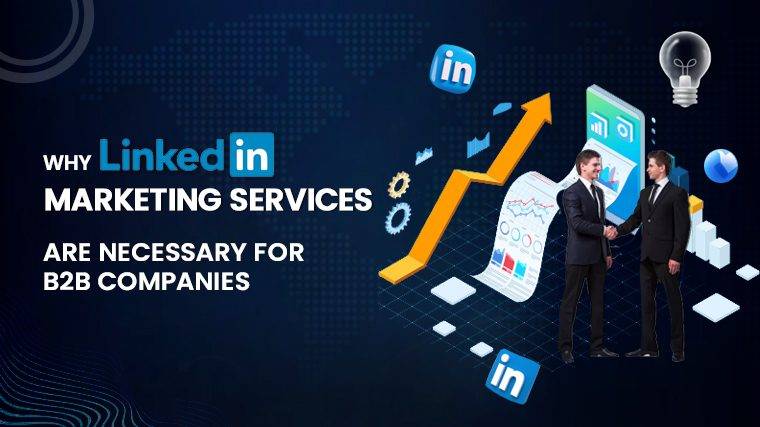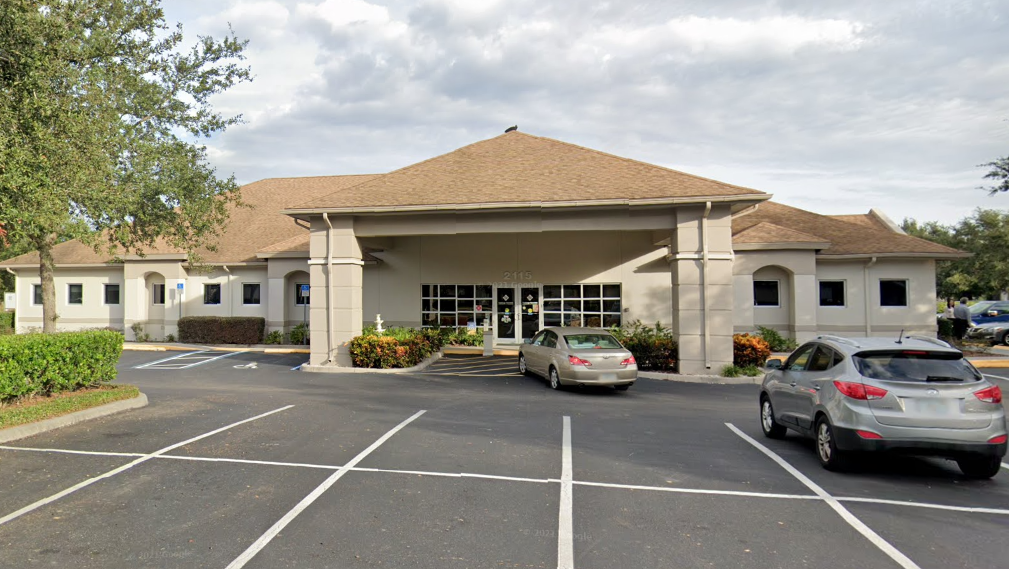The pandemic has catalyzed technology adoption within healthcare, and thus indirectly, has accelerated the evolution of physicians’ role within medicine and healthcare. This 2 minute post will outline the salient points of this transformation: where we’re coming from, where we’re headed, and what we think about this secular trend.
Physicians protecting and curating medical information
For better and worse, this has been the status quo. And, as many correctly argue, for good reason. Testing accuracy / interpretability depends heavily upon your ‘a priori’ risk; inappropriate testing multiplies risks of false positives and “incidentalomas” (incidental findings that may appear concerning at first glance, but rather reflect anatomic variation and are functionally benign). Take, for instance, the MRI obtained for back pain at a concierge “medical spa” which shows an “unidentified mass along the spine” (this frequently happens). Such events are not only financially damaging (often triggering wasteful series of imaging tests and specialist visits), but also incur notable intangible costs: anxiety, peace of mind, and a sense of security. It’s practically a running joke at this point: the healthy young patient suffering from a headache who Googles and stumbles upon a WebMD (or similar) post that convinces him he has brain cancer. In the vast majority of such cases, physician involvement early could avoid an expensive, unnecessary, mentally taxing healthcare journey.
Such sentiments – plus concerns of liability – have borne the trend of disease detection (radiology, pathology) and clinical decision support algorithms positioning themselves as physician “adjuncts”. Ultimately, the onus is on the doctor to determine appropriate care.
But reliance upon physicians to administer safe, judicious utilization of healthcare resources is an imperfect solution. For starters, corruption and misalignment of incentives exist; though most physicians uphold commendable ethical standards, a small but damaging minority of “pill pushers” do exist – doctors who fill their prescription pads and conveniently enjoy the perks of pharmaceutical courtship (ie. Purdue Pharma; Cerebral). Reports have cataloged how physician prescription of imaging tests and procedures is correlated to the reimbursement they receive. Predicating utilization to healthcare resources upon physician prescription/allocation has disastrous consequences for equity and access in regions where physician demand exceeds supply (ex: psychiatrists in many rural environments).
Further, is this paternalism – a tendency that doggedly colors the practice of medicine – necessary?
Democratization of healthcare
Generally speaking, information asymmetry begets exploitation. And as Joel Selanikio interestingly mentioned, the availability of hundreds of medications over the counter (OTC) over the last few decades has eliminated the need for over 50,000 domestic medical practitioners. If medical screening, diagnosis, decision making, treatment, and management can be done well by technology, it could revolutionize the way we consume healthcare. Consider the case of a stroke:
- Standard of Care: (1) a patient undergoes stroke → (2) some time (perhaps minutes, perhaps hours later), family members notice a neurological deficit in their loved one → (3) after a period of terror and debate about whether/not to call the doctor, they dial 911 and, 15-40 minutes later, an ambulance arrives → (4) at the hospital, a stat head CT is ordered, neurologic evaluation is conducted, and → (5) finally, hours after the initial injury, life saving clot-buster medication is administered once the patient is deemed to be a safe candidate for therapy
- Hypothetical Future Alternative: Imagine a world where an algorithm, using a combination of smartphone, wearable, and home sensor data, could reliably detect stroke. (1) within a few minutes after stroke, the algorithm pings nearby family to the scene → (2) the family uses intelligent, adaptive screening tools to assess risk for stroke → (3) ten minutes after stroke occurrence, they’re instructed to drive to a specific hospital (the nearest stroke center), where the clinicians – who have been in the loop of all data thus far – can expedite workup → (4) within thirty minutes of stroke occurrence, the patient has received life saving medication
Many things must occur for such science fiction to become reality:
- Integration of various datastreams for seamless remote patient monitoring
- Intelligent, AI-enabled diagnostic tools that can prompt laypeople to ask the right questions and rapidly gather relevant data
- Dispersion of such technologies readily into everyday patients’ homes
- Faith and acceptance amongst care providers that such algorithms are trustworthy
The biggest impediment, in my opinion, will be the culture shift associated with tackling the ‘predictability versus explainability’ quandary. That is, tempering providers to accept algorithms and technologies that are “black boxes” – that boast remarkable predictive prowess, yet are uninterpretable by humans. This, alone, is a nuanced topic warranting chapters of debate and articulation, but suffice it to say, we believe explainability is overrated. Medicine already uses scores of “decision tools” and “cognitive aids” such as risk scores (APACHE, Charleson, etc.) and decision thresholds, and soon enough, physicians will (reluctantly) accept machine learning models.
Physicians as guardians and care liaisons
Eventually, the physician will serve chiefly to bridge the patient and these algorithms. The doctor will be there to motivate and counsel, to provide assurance, comfort, and empathy. Sure, physicians would still exercise clinical decision-making acumen and wouldn’t settle for blindly following algorithms; however, the role would chiefly involve humanism. Some have resented this simplification and pushed back against it; despite being a physician himself, Kush (one of the authors of this article) embraces it.
This is not a bad thing. Safety and quality would improve. As would, likely, physician job satisfaction. Eric Topol touched on this in his book The Patient Will See You Now.
Although this trend will likely unfold over the span of decades (plural), we believe it is coming. Such an era would redefine standards for equity, health, and humanism. It is our job to see that it is realized responsibly, quickly, and safely.
Primary author of this article is Kush Gupta, co-authoring with Amit Garg. Originally published on “Data Driven Investor”. Kush is an Associate with Tau Ventures. Amit is Managing Partner and Cofounder of Tau with 20 years in Silicon Valley across corporates, own startup, and VC funds. These are purposely short articles focused on practical insights (I call it gl;dr — good length; did read). See here for other such articles. If this article had useful insights for you, comment away and/or give a like on the article and on the Tau Ventures’ LinkedIn page, with due thanks for supporting our work. All opinions expressed here are from the author(s).




